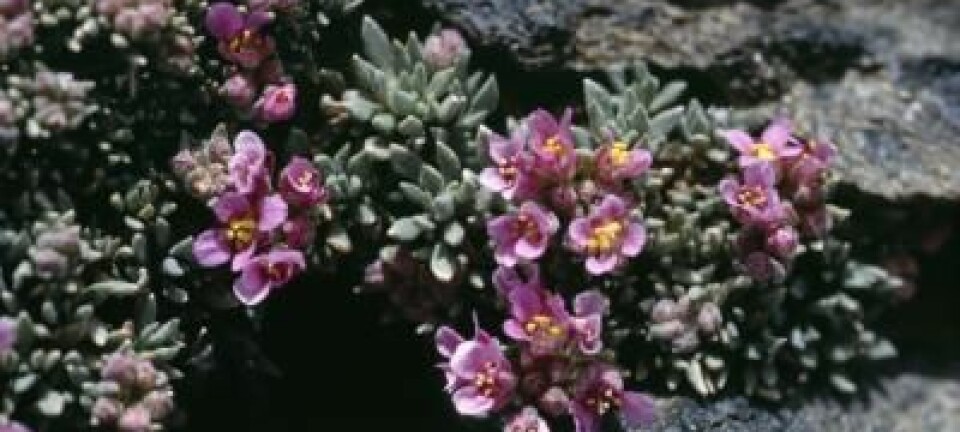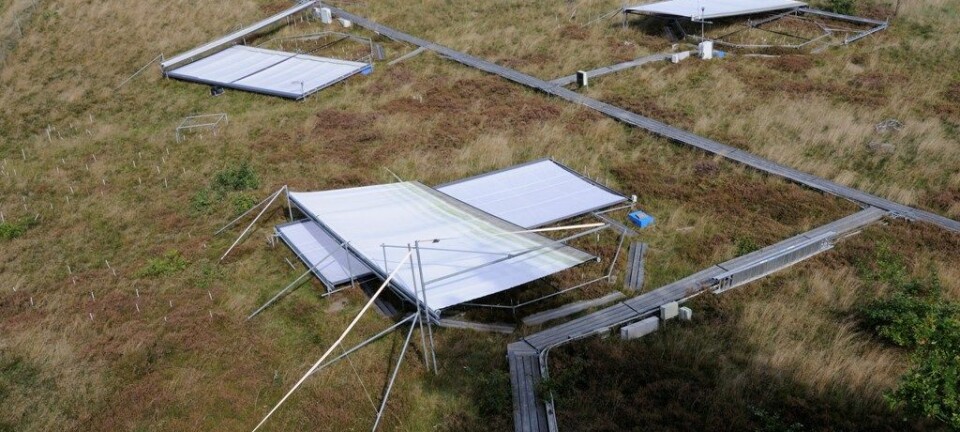An article from UNIS The University Centre in Svalbard
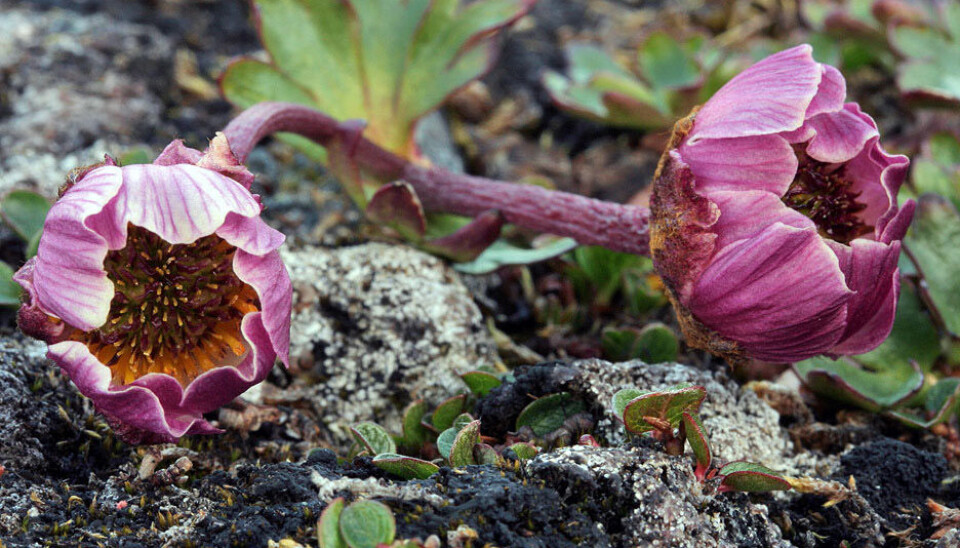
Arctic plants face an uncertain future
A warmer climate will cause a substantial loss of habitat for most Arctic plants. Some species will cope, while others will experience an irrevocable loss of genetic diversity.
Denne artikkelen er over ti år gammel og kan inneholde utdatert informasjon.
Future climate change will have a major impact on biological diversity. This is especially true in Arctic and alpine environments, which will be exposed to the most extreme climate changes.
Several studies have explored the consequences of climate change on biological diversity, but in most cases these have focused on a species as a whole and not taken into account the genetic variations within a species.
In a new study scientists from Norway, Austria and France show that the expected genetic consequences on plants differs alot among the various species.
"This study is the first to use empirical data to estimate loss of genetic diversity by loss of habitat for several plant species under different climate scenarios," says Inger Greve Alsos, associate professor at Tromsø University Museum and affiliated with the University Centre in Svalbard (UNIS).
Seed dispersal important
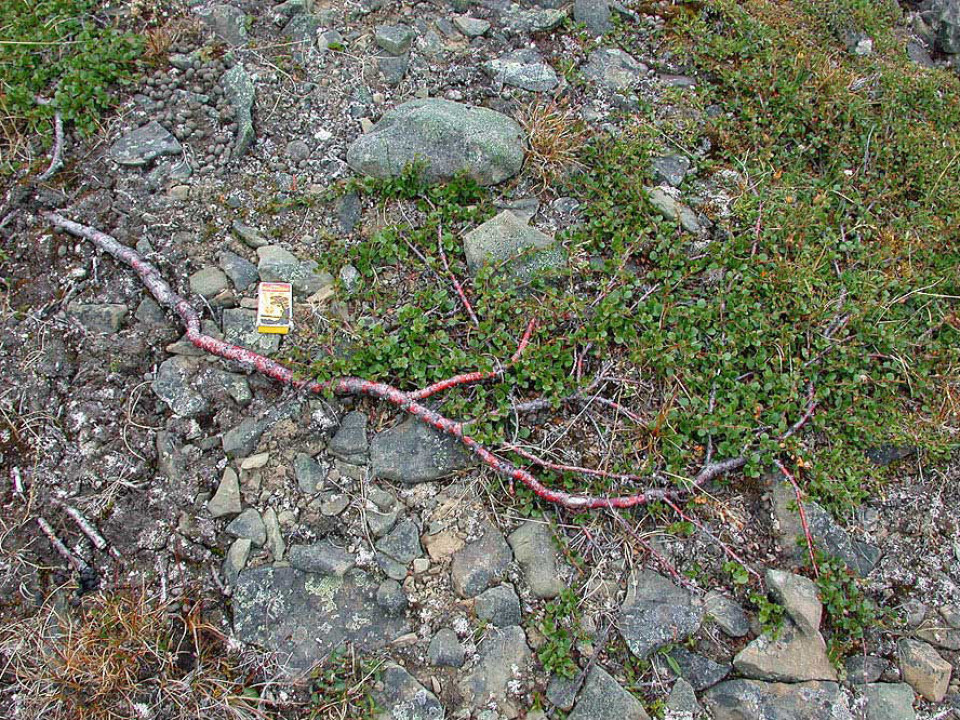
Alsos and her team of scientists have analyzed almost 10,000 samples from 27 plant species in the Arctic and certain alpine environments in Central Europe.
The results show that species that utilize wind and birds to disperse their seeds will lose less of their genetic diversity in a warmer climate than species that have a very limited, or local, seed dispersal.
In addition, the species’ growth form is important. Trees and shrubs are usually taller and have a longer lifespan than herbs, and thereby disperse and preserve their genes better than many of the herb species.
"Genetic variation is crucial for species to adapt to changing climate. If a species with limited seed dispersal perish from an area, it means that this species as a whole will experience an irrevocable loss of genetic diversity," says Alsos, who headed the study.
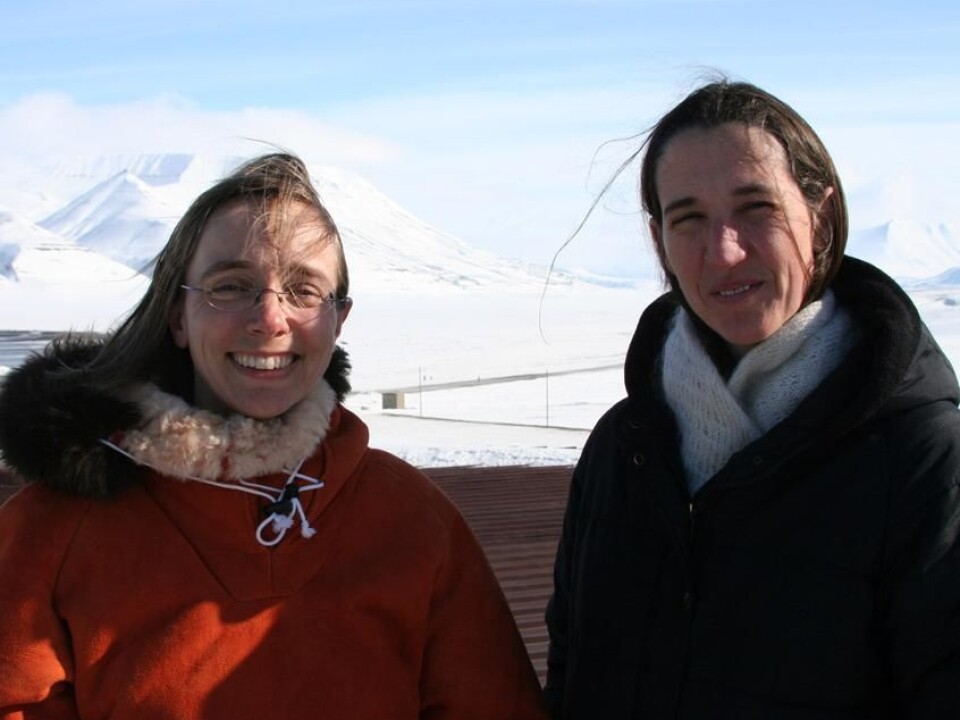
One example of the latter is the Glacier crowfoot (Ranunculus glacialis). This species grows only on mountain tops and has little gene flow between populations. Hence, this species is expected to lose large part of its genetic diversity in a warmer climate.
Dwarf birch (Betula nana) on the other hand, will fare well in a warmer climate. This species disperse its seeds with the wind and has a long lifespan, it can actually live for more than 100 years. In other words, its prospects are good as there is sufficient gene flow between populations.
The differences found in reduced genetic diversity in species with differing growth forms and seed dispersal patterns were larger than the scientists had foreseen.
"These results showcase how important it is to emphasize the variations within a species," says Alsos.
Some species can experience a reduction of up to 80 per cent of their habitat, but still retain over 90 per cent of their genetic diversity. Other species might just lose half of their genetic diversity if their habitat is reduced by 65 per cent.
Implications for the Red List
The results of this study will have important implications for the future of the International Union for Conservation of Nature (IUCN) Red List. Currently, the Red List regime is a measure to identify threatened species and promote their conservation. One of the criteria used to decide whether a species is threatened or not, is whether the species has experienced a substantial loss of habitat or population size.
In a future warmer climate, this red list will be so extensive that it will be impossible to conserve all threatened species.
"This study will be an important tool for making a prioritized list of species that it is important to conserve," Alsos says.
The techniques employed in this study will be suitable in studies of other organisms, such as birds and insects, to look for patterns within a species that are linked to reduction in genetic diversity, according to the scientists. These techniques can therefore be used as an early warning system for species’ vulnerability to climate change.
-----------------------------------------------------------------------
Read the article in Norwegian at forskning.no







